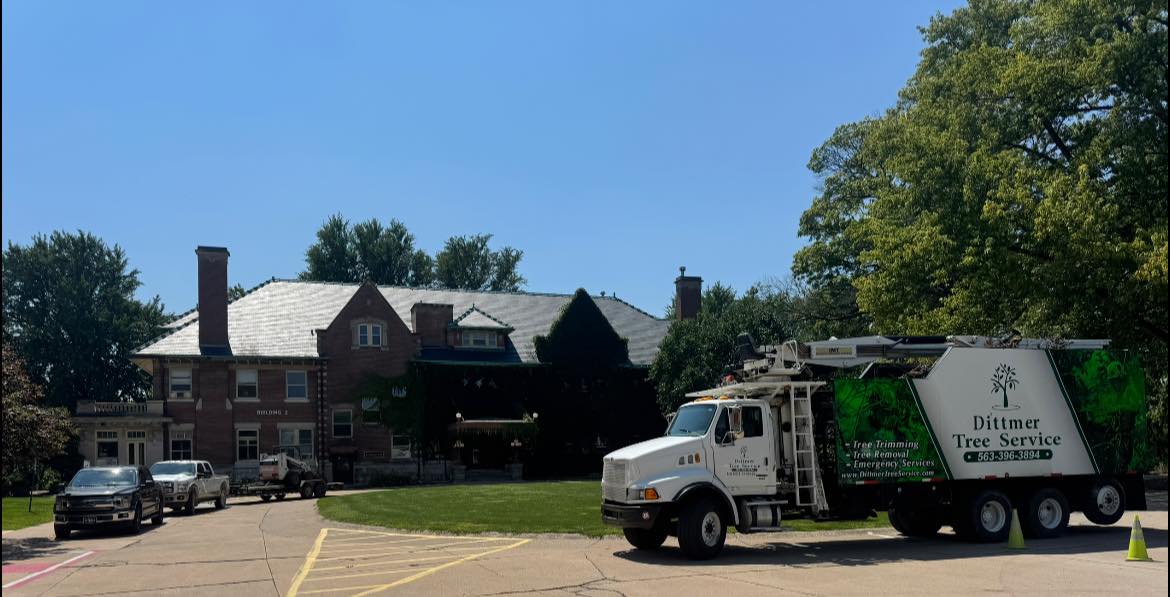
How to Diagnose and Treat Common Tree Diseases Nov 20, 2025
Trees, like all living organisms, are susceptible to diseases. Bacteria, fungi, and environmental stressors can all contribute to tree diseases. Early detection is crucial; identifying a problem before it escalates can save your tree and prevent the disease from spreading. At Dittmer Tree Service, our mission is to ensure every tree stands strong and healthy. Here’s a stepping stone to diagnosing and treating some common ailments.
First, let's look at how to spot signs of tree disease. Changes in leaves, bark, and overall structure are some of the initial indicators. Discoloration, premature leaf drop, and unusual growths can suggest an underlying issue. Check for cracks or splits in the bark, as these can serve as entry points for pathogens. Also, be alert for signs of poor growth patterns or tree crown dieback, which can hint at serious conditions.
Fungal diseases are among the most common ailments impacting trees, with anthracnose and powdery mildew being frequent offenders. Anthracnose can cause significant defoliation and leaf spots, while powdery mildew creates a white powder-like substance on leaves, stunting growth. Addressing these issues begins with proper pruning to increase air circulation and applying the appropriate fungicide as directed.
Another prevalent issue is bacterial infections, which can vary greatly but often require a professional diagnosis for effective management. Fire blight, for example, is a bacteria that distorts branches and turns leaves black. Quick intervention is key; remove infected branches and consider planting resistant species going forward.
Environmental stressors also play a critical role in tree health. Factors such as drought, frost, and improper planting can weaken a tree's defenses, making them susceptible to disease. To counteract these, ensure proper watering regimes and address soil compaction. Mulching can conserve moisture and moderate soil temperature.
Prevention is as crucial as treatment. Regular inspections and proper maintenance can keep diseases at bay. Proper mulching, adequate hydration, and consistent monitoring can strengthen your trees. Additionally, when necessary, engage with certified professionals like those at Dittmer Tree Service for a comprehensive health check.
As we wrap up, remember that maintaining tree health is a shared responsibility. It requires vigilance and care but does not have to be daunting. By incorporating these simple practices into your routine, you create a thriving environment for your trees. Identifying early, applying the correct treatments, and maintaining overall tree health practices will not only protect your green assets but enhance the beauty and value of your property.
For more guidance and expert care, consider reaching out to Dittmer Tree Service. Our experienced team excels in diagnosing and treating a vast array of tree diseases. We are committed to helping every tree under our care reach its fullest potential. Turn to us for reliable, knowledgeable tree services tailored to your individual needs. Together, we can ensure your landscape remains lush and vibrant for years to come.
/filters:no_upscale()/media/a1f81c15-a784-48a6-9e6d-33775ded4d36.jpeg)